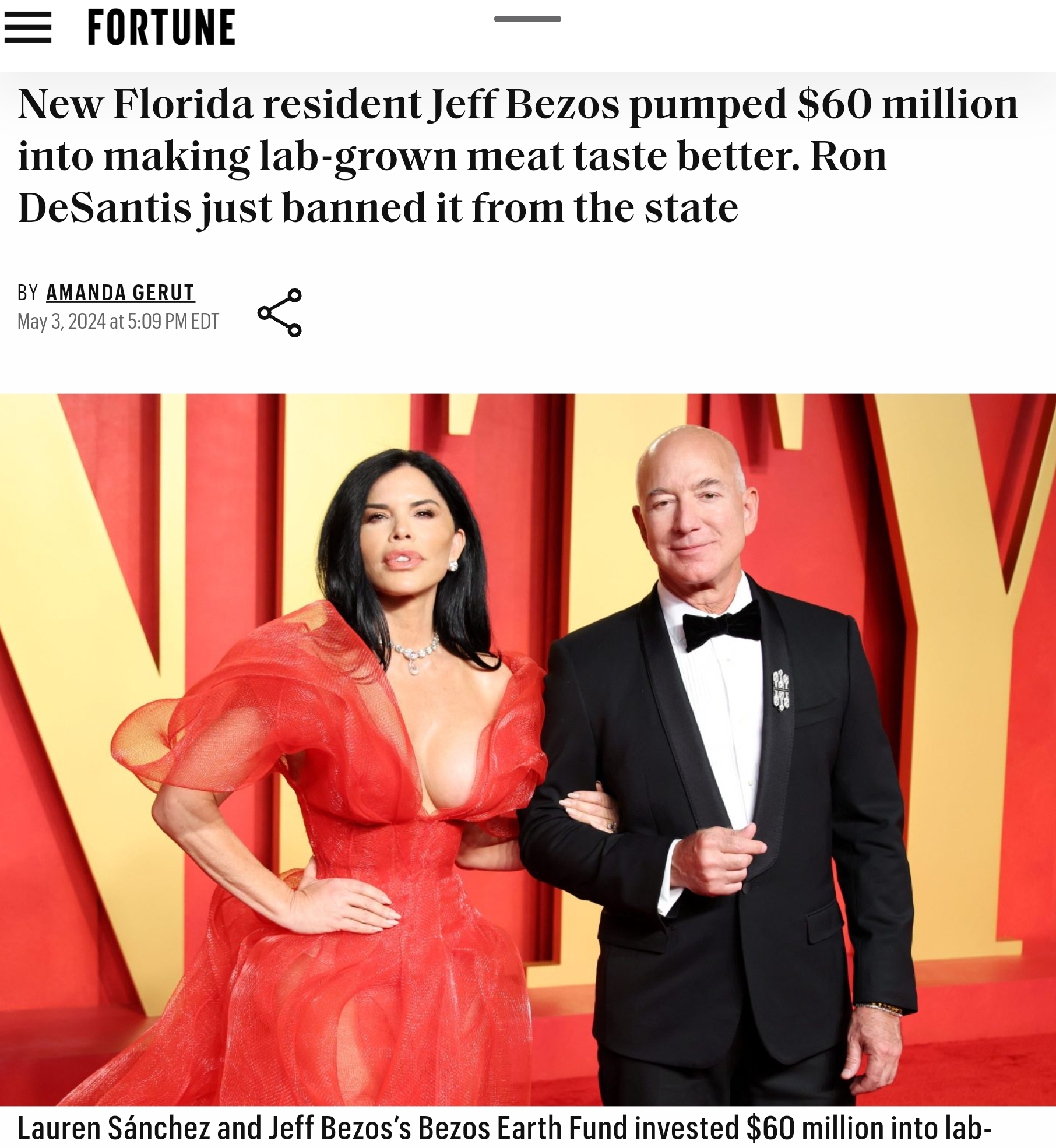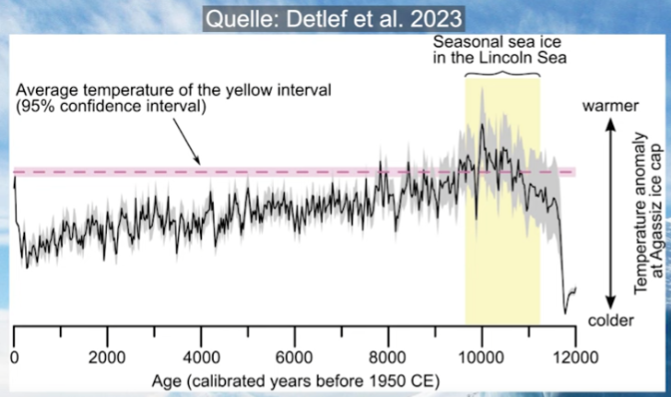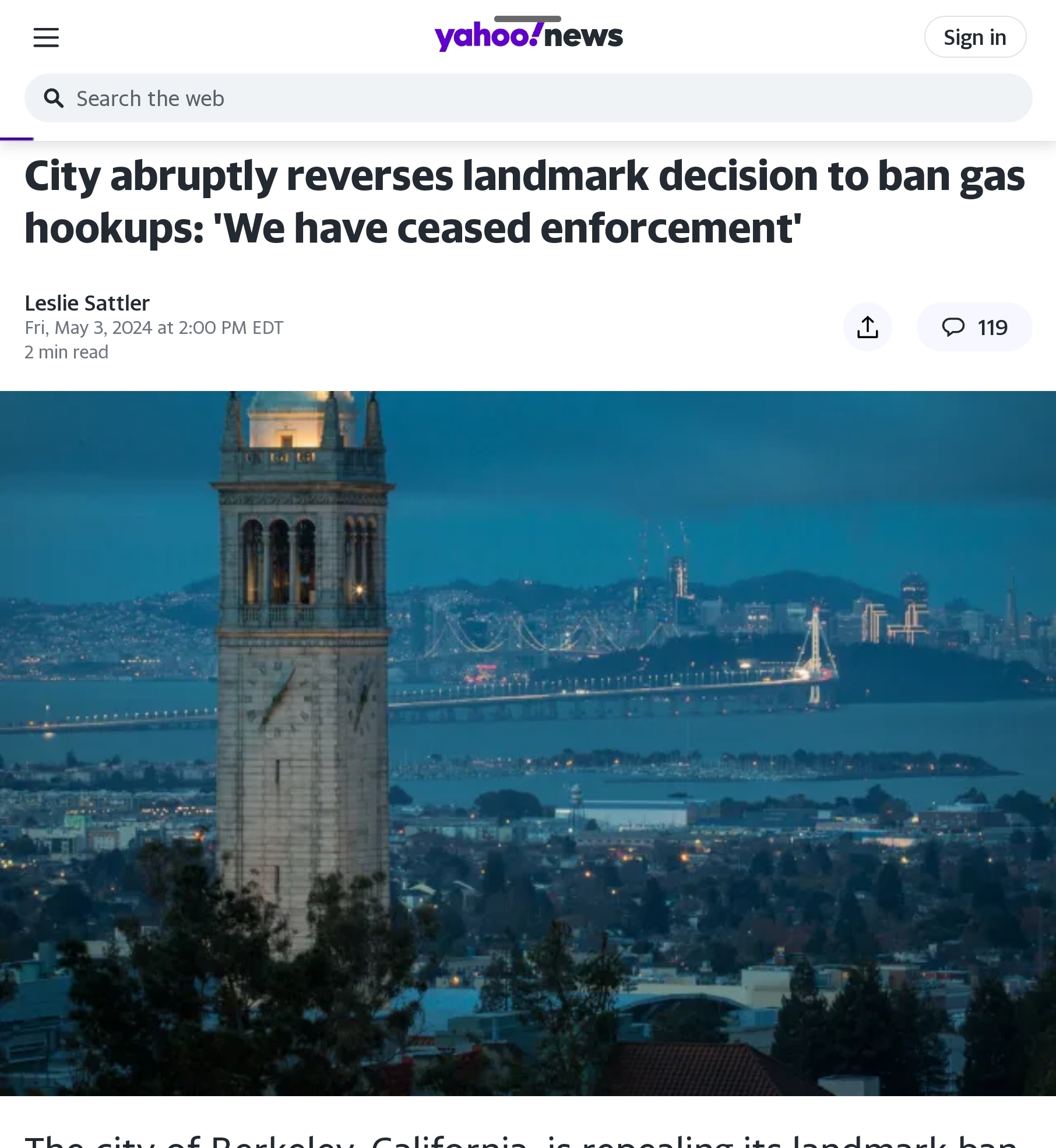David Whitehouse: The annual atmospheric CO2 variation: A new theory
Net Zero Watch, 17 August 2022
Dr David Whitehouse, Science Editor
Could we be wrong about the annual cycle of carbon dioxide in the atmosphere? That’s the suggestion by a pair of distinguished Oxford zoologists Clive Hambler and Peter Henderson who have just published a paper that could change our understanding about one of the key observations of this greenhouse gas.
They propose that sea-ice formation is the key factor and not biology.
The amount of carbon dioxide in the atmosphere has risen since records were kept regularly, about 1960. Superimposed on the trend is a seasonal cycle which, when measured at the Mauna Loa Observatory in Hawaii, is very regular usually peaking in May. Some scientists have called this cycle “the Earth breathing,” as they attribute it to biological activity on the large land masses of the Northern Hemisphere. There is also a methane cycle though it is more complex and less regular, with peaks around November.
The Oxford researchers, however, point out that the “earth-breathing” explanation for the annual carbon dioxide cycle is not as secure as many think. The global carbon dioxide net emission rate has a correlation of only 0.77 (significant at the 99.99% level) with lower tropospheric temperatures for the tropical land region. Also, despite considerable effort to find the location, there is great uncertainty about where the “earth breathing” is taking place.
In addition, terrestrial biological productivity in the Northern Hemisphere is typically measured by a factor called NDVI (sometimes called “greenness”) but the researchers point out that this is less strongly correlated with carbon dioxide rates than are sea ice rates. “To our knowledge no region has been shown to have extremely high temporal synchrony and hence statistical correlation with the global carbon dioxide rate.”
To investigate further they looked for correlations between the annual carbon dioxide cycle and other physical parameters. “We saw a particularly strong correlation with sea-ice and that prompted us to look at other areas of the Arctic finding a range of very impressive matches.”
They hypothesise that as temperature drives ice-melt it should also be highly correlated with the monthly rate of change of these greenhouse gasses – whether or not sea-ice is involved in the cycles. They found that the seasonal cycles of carbon dioxide and methane are both very strongly correlated with the seasonal cycle of sea-ice in the northern hemisphere leading them to ask, what, if any, is the role of sea-ice and the high-latitude temperature variations that drives the dynamics of these gases?
“We hypothesise high-latitude air temperatures drive sea ice dynamics and snow dynamics and thence might influence greenhouse gas dynamics. Such strong relationships are not presented in the review of the carbon cycle that informs international climate policy and could focus greater attention on high latitude sites and fluxes.”
The global and Antarctic cycle of both gases have similarities suggesting the same processes or regions are involved in the dominant fluxes for both, despite their very different biological characteristics.
Overall their results are consistent with stable isotopes of carbon in carbon dioxide being predominantly fractionated by sea ice formation and carbonate precipitation, rather than terrestrial photosynthesis. “Fractionation by freezing and other abiotic processes involving carbonates may have been underestimated and should be examined in the field and with satellites giving coverage of polar, lakes and desert regions,” they say.
Fundamentally the sea-ice hypothesis is supported by stronger correlations than the current explanation for the carbon cycle.
According to Clive Hambler, “I was one of the first people to teach climate change at Oxford and now I must be one of the first people who are saying that maybe this is wrong.”





